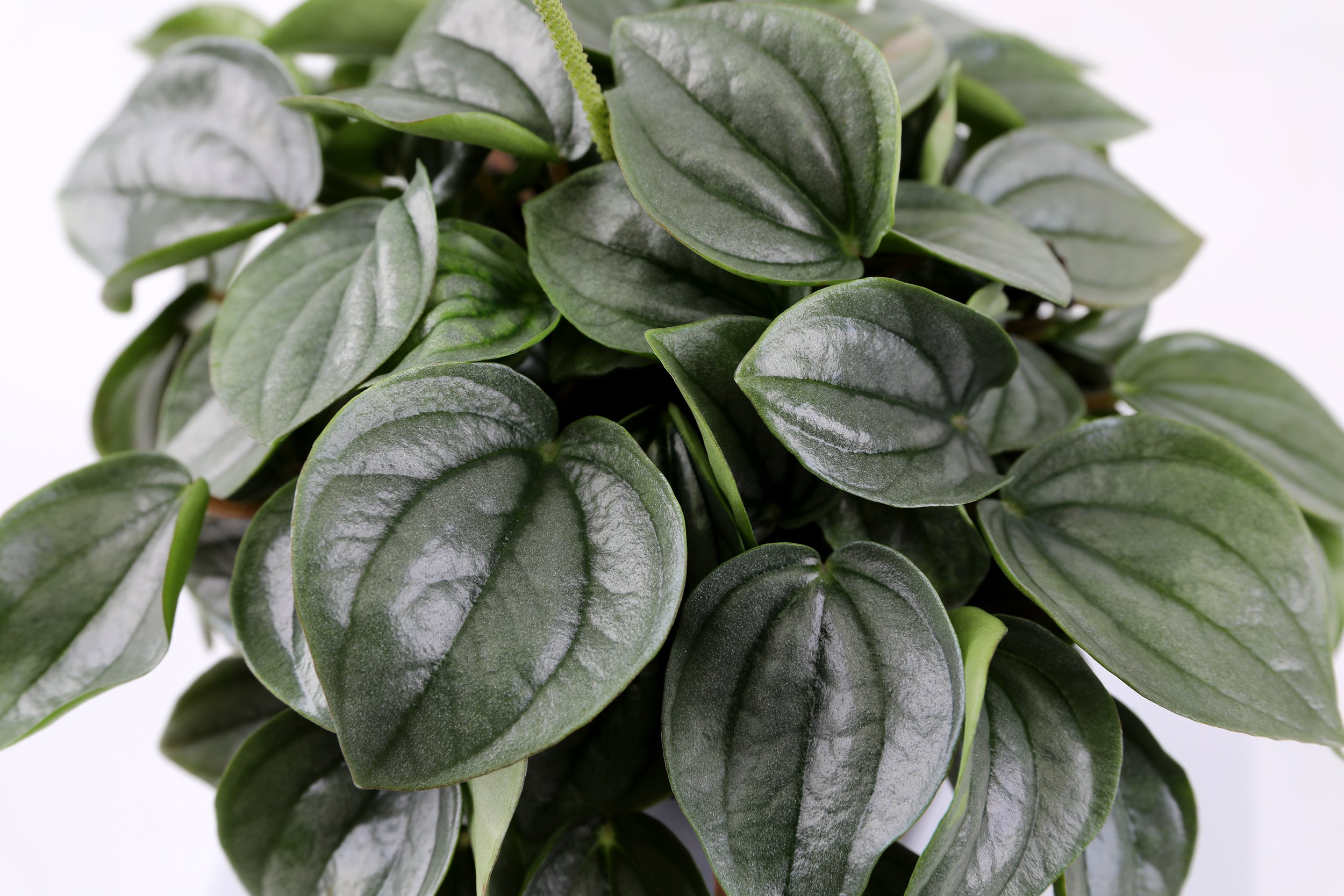Peperomia Plant Care Essentials You Need

Peperomia plants are a delightful addition to any home, known for their varied foliage and easy-going nature. Whether you're a novice or a seasoned plant enthusiast, learning the essentials of peperomia plant care can help you ensure a thriving, vibrant plant. Our guide will take you through everything you need to know about peperomia care, from understanding different types of peperomia to mastering propagation techniques, all to keep your indoor oasis flourishing.
Peperomia Care
Like many of our other foliage plants, peperomias require bright, indirect light, temperatures between 55-85 degrees Fahrenheit, and should dry out between waterings. Use the soil as an indicator, as the leaves will hold some moisture, so overwatering can be bad for your plant.
Lighting: Bright, indirect light will allow your plant to get what it needs without burning it. Direct sunlight can scorch the leaves, leaving them brown or wilted. West or south-facing windows are best, but if you have to place your plant near direct sunlight, use a curtain to diffuse some of that light.
Water: Peperomia leaves are a bit thicker than other foliage leaves, so they hold onto water a bit longer. Let the soil really dry out between waterings to ensure you aren’t adding too much to your plant. Ensure you have well-draining soil, so your plant doesn’t hold onto too much moisture.
Temperature: Like most foliage plants, they don’t like cold or hot temperatures but do appreciate some humidity. Since peperomias are naturally from a warmer climate, they’ll appreciate some moisture in the air.
Fertilize: You can give your plant some help during its growing season, which is spring and summer. Go ahead and fertilize with a diluted liquid fertilizer once per month and count that as one of your plant’s waterings.
Pruning and Propagating: It’s normal to want to prune an errant leaf now and again, but don’t go crazy. Peperomias are a bit more forgiving than other foliage varieties, if you pinch the stem just below the leaf, the plant will create more branches and more leaves. You can propagate your plant anytime, even using one of the leaves you pruned off. Give that pruned leaf plenty of light and water while it’s in the soil and you should see roots after just a few weeks.
Repotting: Don’t worry about this for a few years. Since your peperomia grows slowly, you should see any roots coming out of the pot’s drainage holes for about 2 years. When you repot, always do so in a larger pot.
Types of Peperomia
Here at Wild Interiors, we grow several varieties of peperomia plants and are constantly trialing and innovating to bring more unique varieties to our greenhouses for you.
Currently, we have about 8 varieties in our rotation of peperomia plants, and want to tell you more about each of them!
Peperomia Watermelon: This is one of the peperomia varieties that has a pretty straightforward name. The leaves are true to the peperomia shape but have a unique patterned look resembling a watermelon rind. These plants are gorgeous, with round full, shiny leaves.

